In any case, happy holidays to all my faithful Readers. See you in the New Year!!
Rodrigo

Historical Research and General Musings by Rodrigo Weiss Regarding the Tzombi Community, Past and Present.

Are you a scientist? Because I trust SCIENCE. Not science fiction. If those doctors say that zombies are created by contracting R428, then we should f*cking study R428! Are you out of your mind? We need a vaccine now! We need funding NOW. I suppose you think AIDS might be caused by sucking moldy lollipops or something. What possible reason would the Academic Institutions have for cooking up some half-baked theory? R428 is a REALITY. Your “theories” are nothing short of treasonous.


13 August. Events of the day brought dire circumstance; owing to dearth of provisions and uneasiness of spirit, Thorvald Thorvalsson, called the fat, endeavored to hoard what remained of the salt cod, upon which Eyjolf Ulfsson drew his knife and slashed the greedy limb, which action divided the men, and resulted in seven deaths from knife-wound. The bodies of the dead were thrown over the side of the boat, and number thus: Thorvald Thorvaldsson, Eyjolf Ulfsson, Sigurd Vifilsson, Saemond Saur, Thorvald Krakuson, Ingolf Thorbjornsson, and Gudrid Sigmundsdottir.



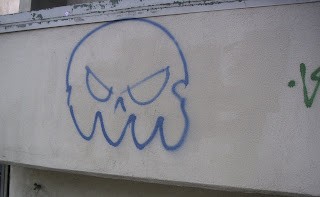
Dear Mr. Weiss,
I came across your blog while doing research for a new documentary I am producing on the zombie community in Los Angeles. My co-director John Solomon and I would love to meet with you to hear more about your research and see if you could contribute something to our film.
I would love to tell you more about the project and perhaps gain some insight into the local population of zombies.
You can reach me at this email, or at XXX-XXX-XXXX.
Very best wishes,
Grace Lee
American Zombie Productions

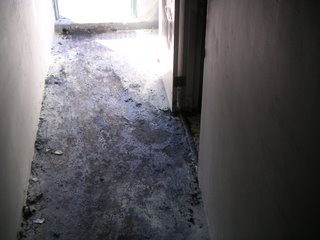
We see the same unacceptable thing happening with Wicca, a movement that has started to gain more mainstream acceptance. Don’t forget the persecution of witches in the past!
…but I feel invincible. My flesh is rotting, I know it. I have no organs. I am obsessed with my own skeleton and the knowledge that it is stepping out of my skin, like a butterfly emerging from a cocoon. This is the part of me that is eternal, and I feel an invincibility knowing that it is going to be released. Life is the shroud and Death the unveiling. I find myself drawn to decay, and rot. I feel my breath rattling up and down my windpipe and know that when I am dead it can rattle through the empty spaces between my bones. What is it that keeps me moving, even though I am dead?
Every culture since has registered the same basic fear, from medieval Europe’s revenants to Haiti’s trodotoxinated nzambi, from which the word zombie originated.
LA Weekly 10/30/2006
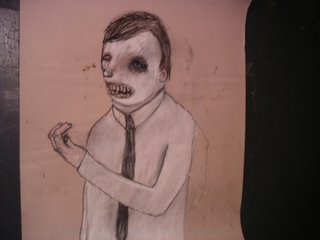
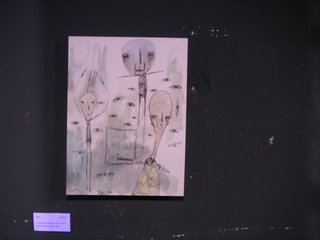

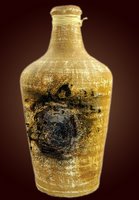
Q: How many zombies does it take to screw in a light bulb?
A: BRAINS!!!
Q: Why did the zombie cross the road?
A: BRAINS!!!
Q: Knock knock.
A: Who’s there?
Q: Zombie.
A: Zombie who?
Q: BRAINS!!!
Dear Mr. Weiss:
Please do not waste our time. We are under-funded and understaffed and do not appreciate the implication that Micronesian culture is so obscure as to be mocked by the likes of you. The people of Micronesia are not now nor ever have been associated with “zombies”. May we suggest you take the time to become familiar with Micronesian culture and stop making jokes at our expense.
Eva Olkenriil
Assistant Director, Micronesian Cultural Heritage Center
Dear Ms. Olkenriil:
Please excuse my previous letter. While I realize my topic of study is obscure, I didn’t realize it was so obscure as to remain unknown to experts in the field. I realize now that it’s entirely possible you are unaware of the “Drunken Monkeys of Palau,” a folk-tale which has been documented numerous times in both the visual form of the storyboard as well as in oral retellings recorded by anthropologist Dr. Judith Steiner and documented in her book Holy Shit: Scatology and Religion in the Oral Traditions of the Southern Hemisphere.
The gist of the story is as follows: a war breaks out between the Iyebu, or “ashen ones” - a partially legendary group who live on the southernmost tip of the island - and the monkeys who live in the tree-tops over the kidnapping of the Monkey Princess Turangel ra Ochaeu. The monkeys attack the Iyebu from the trees, flinging feces down on them. The Iyebu respond in kind, which escalates the skirmish into an out-and-out feces war, which in a related myth, gives rise to Mt. Tmerou. The war escalates, with the Iyebu shooting many of the monkeys with arrows. The monkeys fall from the trees but are seen by the islanders to run off into the forest.
Eventually the Iyebu disappear, but some of the locals begin to notice that the monkeys themselves have turned ashen (the storyboard I own has a carving of a pre-deceased monkey in marked contrast with an ashen one, who is clearly gray). It is also observed that the monkeys are no longer able to balance well enough to live in the trees. They eventually take up residence in the caves of Mt. Tmerou, where they live to this day, emerging only at night.
I have sent along copies of all the documentation related to this oft-told tale. I would even be willing to loan my storyboard to the exhibition, although it’s not one of the nicest I’ve seen. I’ve included a photo. Note the ashen monkey in the lower right-hand corner, and Mt. Tmerou in the background. Please contact me if you have further questions or require further citations.
Cordially,
Rodrigo Weiss
Dear Mr. Weiss:
Surely you can find a better use of your time. The storyboard you own is clearly a cheap tourist trinket, not an authentic artifact. Furthermore, the so-called “ashen” monkey seems to be a case of digital photo manipulation. Either that or the paint simply rubbed off it.
Sincerely,
Eva Olkenriil
Dear Ms. Olkenriil:
Perhaps you feel the subject of the feces-fight is inappropriate for an exhibition. May I remind you of the “uncouth” nature of most of the Palauan storyboards? Do I really need to remind you of the tale of the giant with the penis so large that he blasts women across the sea when he ejaculates? I hope that your exhibition is not going to be overly chaste and ignore the more ribald elements, which make up the bulk of the folk tales.
Sincerely,
Rodrigo Weiss
Dear Mr. Weiss:
Don’t write me again. Fuck off. I mean it.
Eva Olkenriil
TUNNEL OF LIGHT?
FEELING OF ONENESS WITH THE UNIVERSE?
You may be eligible to take part in a University-funded study
Please contact Rodrigo Weiss, XXX-XXX-XXXX